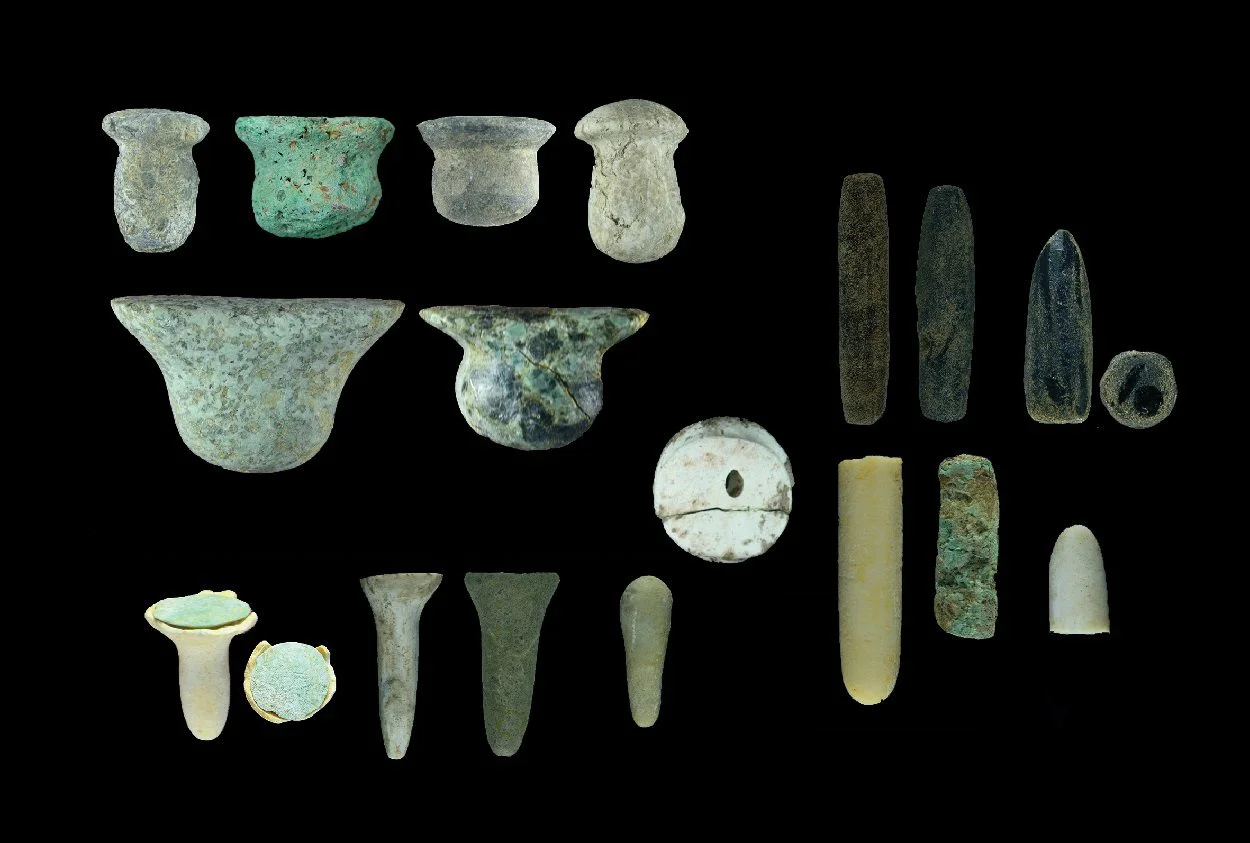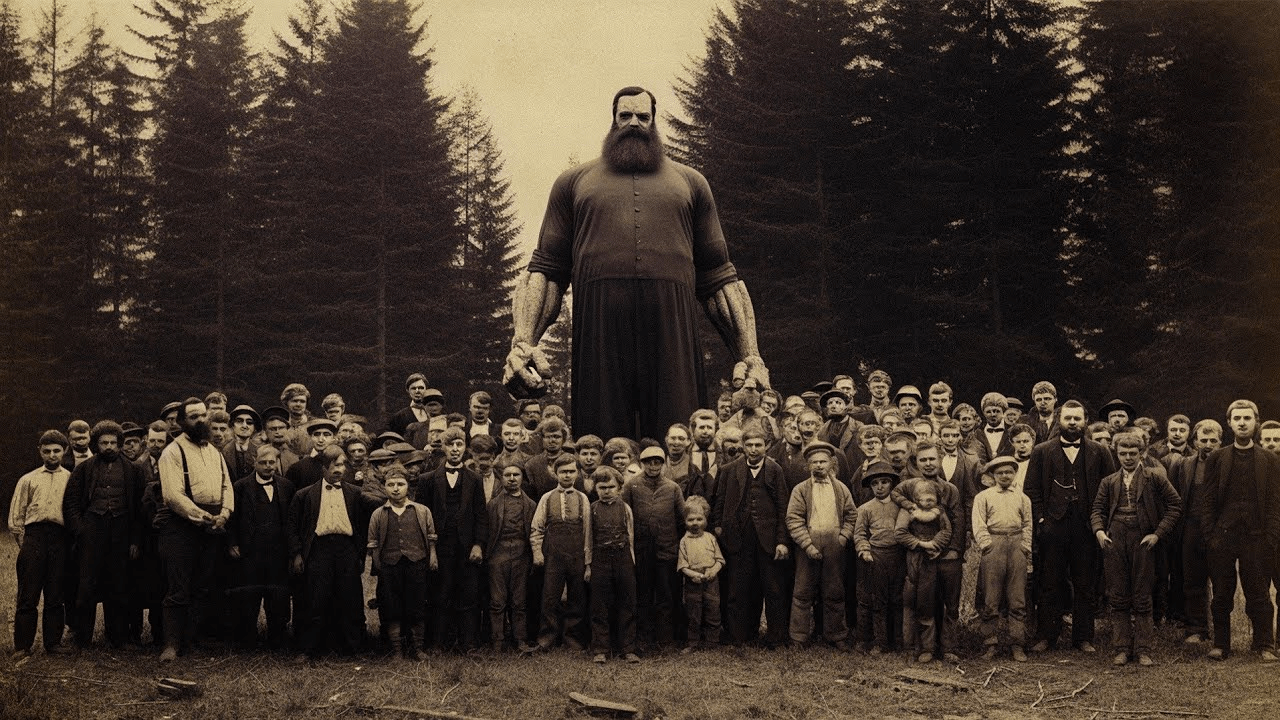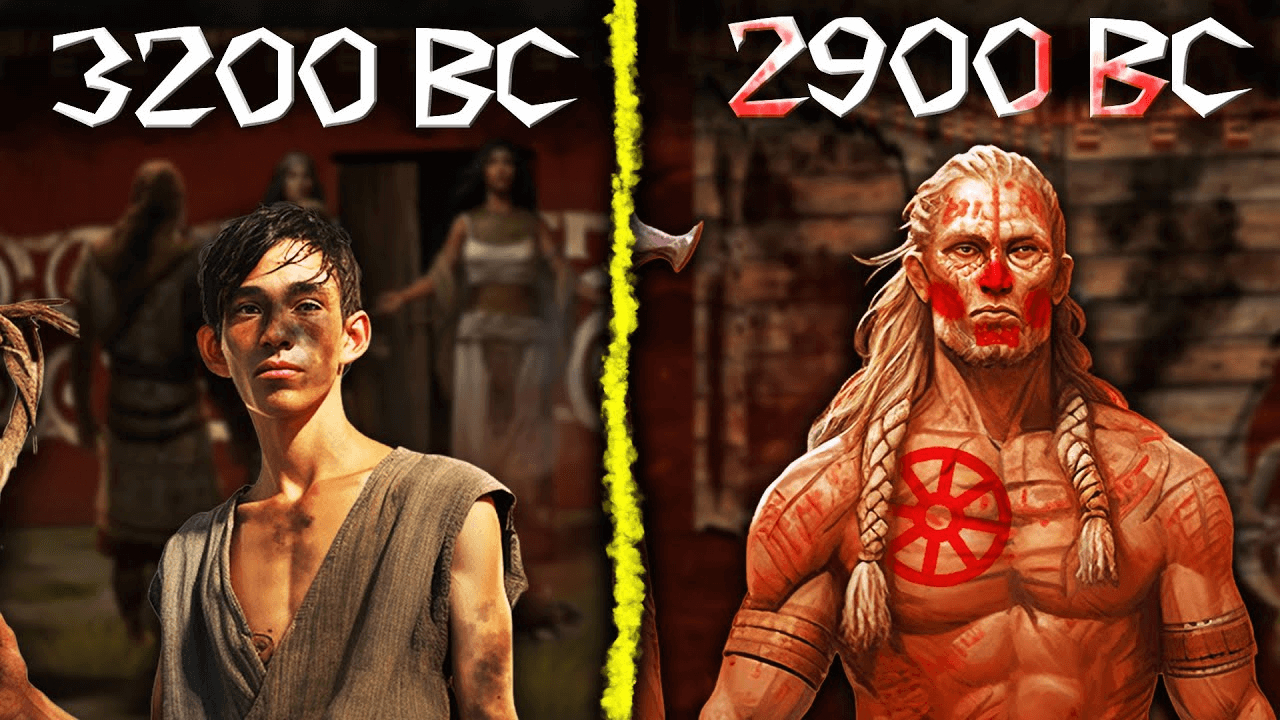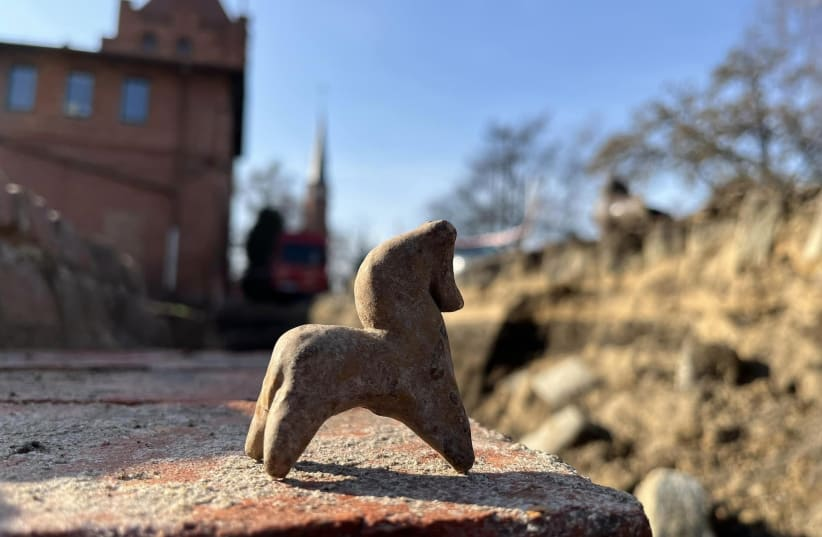On the other hand, the Rig Veda, the oldest of the Hindu scriptures, offers a different perspective. Some verses in the Rig Veda hint at an eastward migration of the Vedic people, possibly indicating an interaction with the IVC. However, there is no direct reference to the IVC in the Rig Veda, leading some to argue that the Vedic culture was distinct and possibly subsequent to the IVC.
The Rig Veda is the oldest among the four Vedas, which are the most ancient Hindu scriptures. Composed in an early form of Sanskrit, the Rig Veda is a collection of over a thousand hymns dedicated to various deities. These hymns are believed to have been composed by different seers (rishis) and passed down orally for centuries before being committed to writing.
Interpretation of the Rig Veda has been a subject of significant scholarly discourse, both within and outside the tradition. The text contains intricate and often ambiguous hymns that are rich in symbolism and metaphor, which have led to multiple and sometimes contrasting interpretations.
1. The Ritualistic Interpretation: This is one of the earliest and most traditional interpretations of the Rig Veda. The hymns are understood as invocations and praises to various deities, to be recited during rituals. Deities like Agni (Fire), Indra (Warrior God and King of Gods), Varuna (God of Cosmic Order), and others are propitiated for blessings, protection, and the maintenance of cosmic order (Rta).
2. The Historical Interpretation: Some scholars, particularly during the colonial period, interpreted the Rig Veda as a historical record of the Aryan people who composed it. They used the text to propose theories about the Aryan homeland, their migration routes, and their conflicts with other groups. These interpretations often led to controversial theories like the Aryan Invasion Theory.
3. The Metaphysical or Philosophical Interpretation: This approach, most famously associated with Sri Aurobindo, a philosopher, yogi, and nationalist, interprets the hymns of the Rig Veda as symbolic and psychological representations of spiritual truths. For instance, the battles depicted are seen as the struggles within the human mind, and the deities represent various cosmic powers or aspects of consciousness.
4. The Linguistic Interpretation: This approach focuses on the linguistic aspects of the Rig Veda, such as grammar, etymology, and phonetics, to understand the evolution of the Sanskrit language and the meaning of the hymns.
5. The Socio-cultural Interpretation: Some scholars interpret the Rig Veda to understand the social, cultural, and economic life of the Vedic people. This includes aspects like the role of women, the caste system, the significance of the horse and cattle, and the use of soma, a ritual drink.
As the oldest extant text in any Indo-European language, the Rig Veda remains a critical resource for understanding early Indian history, religious thought, and linguistic development. However, its dense and poetic language often poses challenges to interpretation. It's essential to approach the text with a nuanced understanding of its historical and cultural context and to be aware of the limitations and potential biases inherent in any interpretation.
The jallikattu seal found at Mohenjodaro and the proto-shiva seal
The "Jallikattu seal" is a term applied to a seal discovered at Mohenjo-Daro, one of the most prominent sites of the Indus Valley Civilization. This seal depicts a figure in a position that seems to suggest he is controlling or taming a bull. The term "Jallikattu" is derived from a traditional bull-taming sport practiced in the Indian state of Tamil Nadu. The name has been ascribed to this seal due to the seeming similarity between the scene depicted on the seal and the sport of Jallikattu.










































